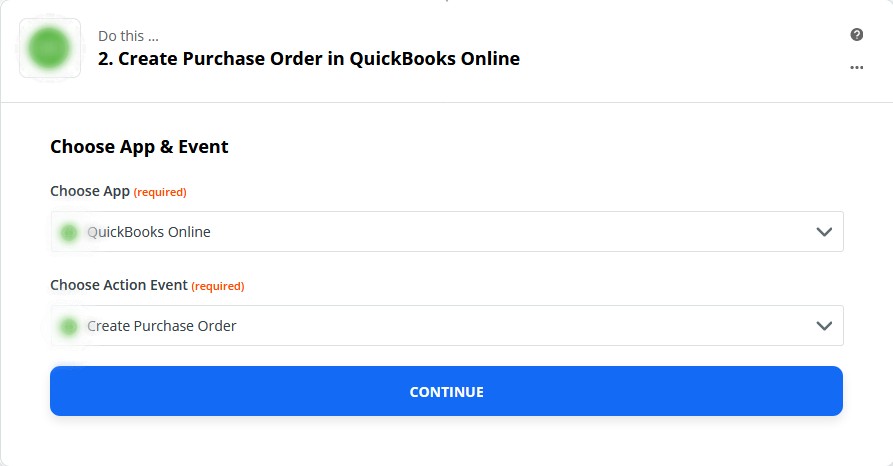How Can We Help?
Inventory Threshold Alerts With Zapier
Overview
This Zapier integration for inventory threshold alerts enables you to receive Zapier triggers that can be used to automate actions such as placing purchase orders, sending emails, or performing any other action supported with other Zapier integrated apps.
The triggers occur when a data capture field e.g quantity falls below a defined level.
Setting up the Zap trigger
To set it up, in your Zap editor, select the “Threshold Alert in Ventipix Asset & Inventory Manager”.

After that choose the account to authenticate with, then click on Continue.

On the next step, choose the custom fields you’re using.
Under the Stock Level field, choose the field you want to monitor when their amount decrements. For example, Quantity.
Under the Reorder Level field, choose the field that’s used to indicate what the minimum level should be.

Continue to the Find Data step. On there click on the Test & Review button. Zapier will attempt to retrieve sample data from your account that matches the trigger conditions.
You may, therefore, need to set up sample data within your account, if nothing was found. The sample data must meet the condition for the trigger, i.e you would need to deduct an inventory’s quantity, weight, etc, below the re-order level.
If Zapier finds data, you will be presented with samples to choose from.

Setting up a Zap action
At this point, you would have reached the end of the trigger setup. You now need to set up an Action i.e what should happen when the zap is triggered.
The action can be anything useful that you want. In this guide, we’ll set up an action that automatically creates a new purchase order in QuickBooks.
Click on the (+) button to add an action.

Search and choose QuickBooks Online. Thereafter, choose Create Purchase Order as the Event Action.

Click on Continue, then choose the QuickBooks account to authenticate with.

On the Customize Purchase Order step, choose and enter the relevant details.

On the fields where you want to use data generated from the trigger, click on the buttons like the one shown below.

For example, under the Product Description section of the purchase order, this zap can be set up to use the name of the product that triggered the zap.

The same steps can be repeated for other relevant fields.

Once the customization is complete, continue to the next step to test the zap.

After the test is successful, you can turn the zaps on or create further actions that meet your needs.
